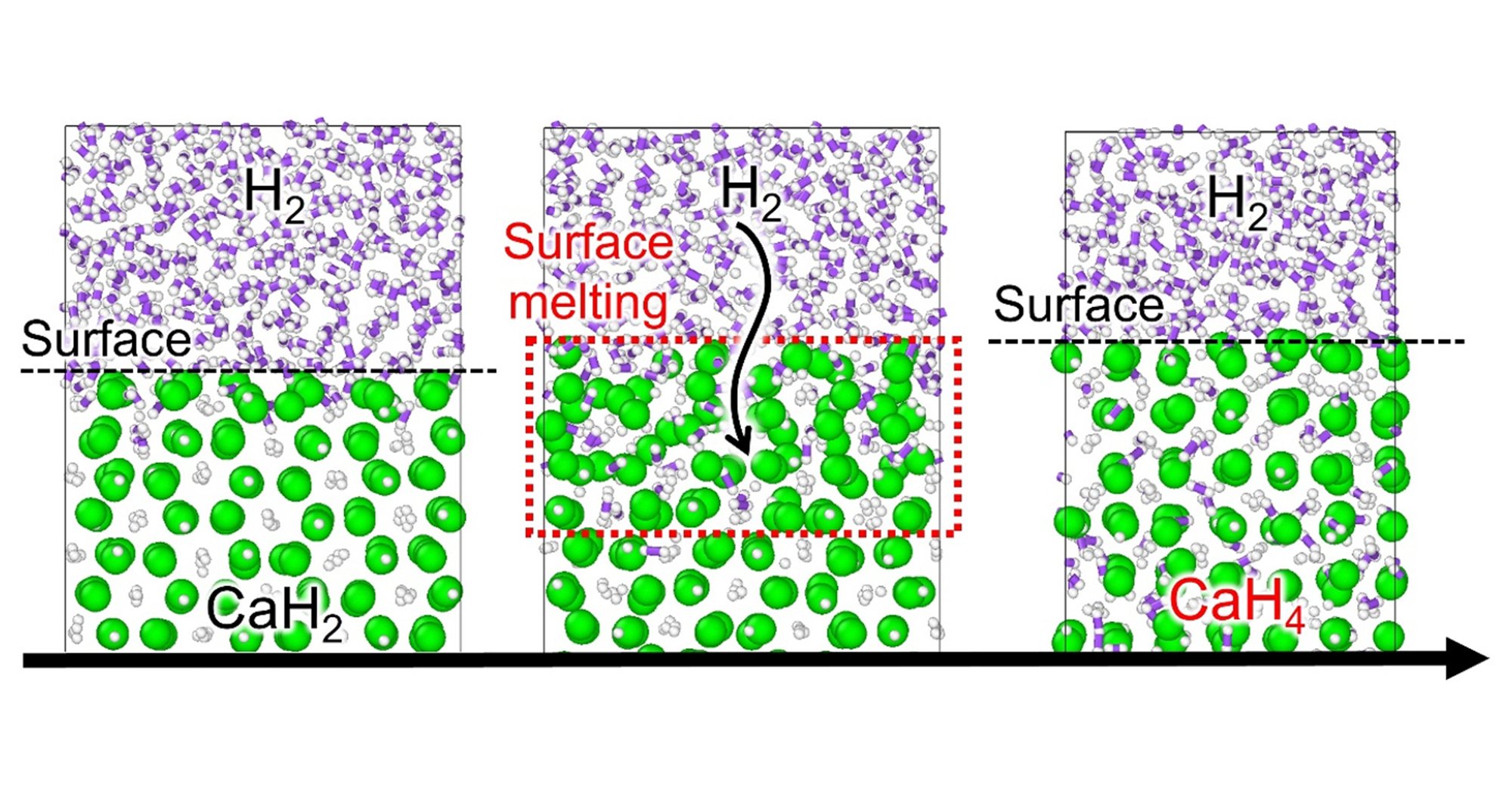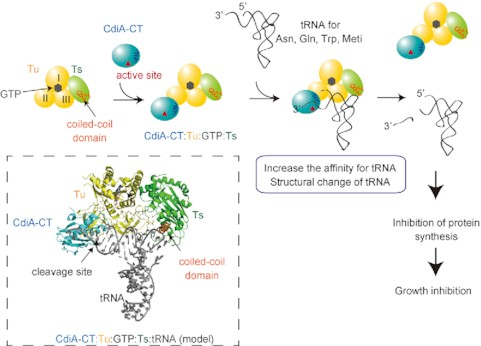Share this
Authors
Junu Kim, Yusuke Hayashi, Sara Badr, Kazuya Okamoto, Toshikazu Hakogi, Haruo Furukawa, Satoshi Yoshikawa, Hayao Nakanishi, Hirokazu Sugiyama
Abstract
This work presents hybrid modeling of an active pharmaceutical ingredient flow synthesis in a ring-opening reaction of an epoxide with a Grignard reagent. Conducting this reaction in a batch reactor is challenging due to its fast and highly exothermic nature, which makes it difficult to collect kinetic data. To address this, a flow experiment was conducted with varying parameters, such as the inner diameter and temperature, to collect kinetic information. A one-dimensional flow mechanistic model was then developed, and two reaction mechanisms were assessed, with the Swain and Boyles mechanism found to show better results than the Meisenheimer and Casper mechanism. In this model, the impact of changes in reactor inner diameters was considered by adjusting the pre-exponential factor as a function of the varying Reynolds number, which simplifies the effort needed to consider the inner diameter effects relative to the development of two-dimensional models. The reaction presents a further difficulty due to the generation of impurities, and the underlying mechanism is still unclear. To tackle this challenge, a data-driven approach, a random forest regression model, was adopted to quantify them. The adoption of the data-driven part enabled the quantification of the impurity with high accuracy, demonstrating the potential strength of this approach when not all reaction mechanisms are fully understood. Overall, the hybrid model approach allowed for a deeper understanding of the reaction and improved the ability to predict its behavior.
Industrial & Engineering Chemistry Research: https://pubs.acs.org/doi/10.1021/acs.iecr.3c02137
These Related Stories


